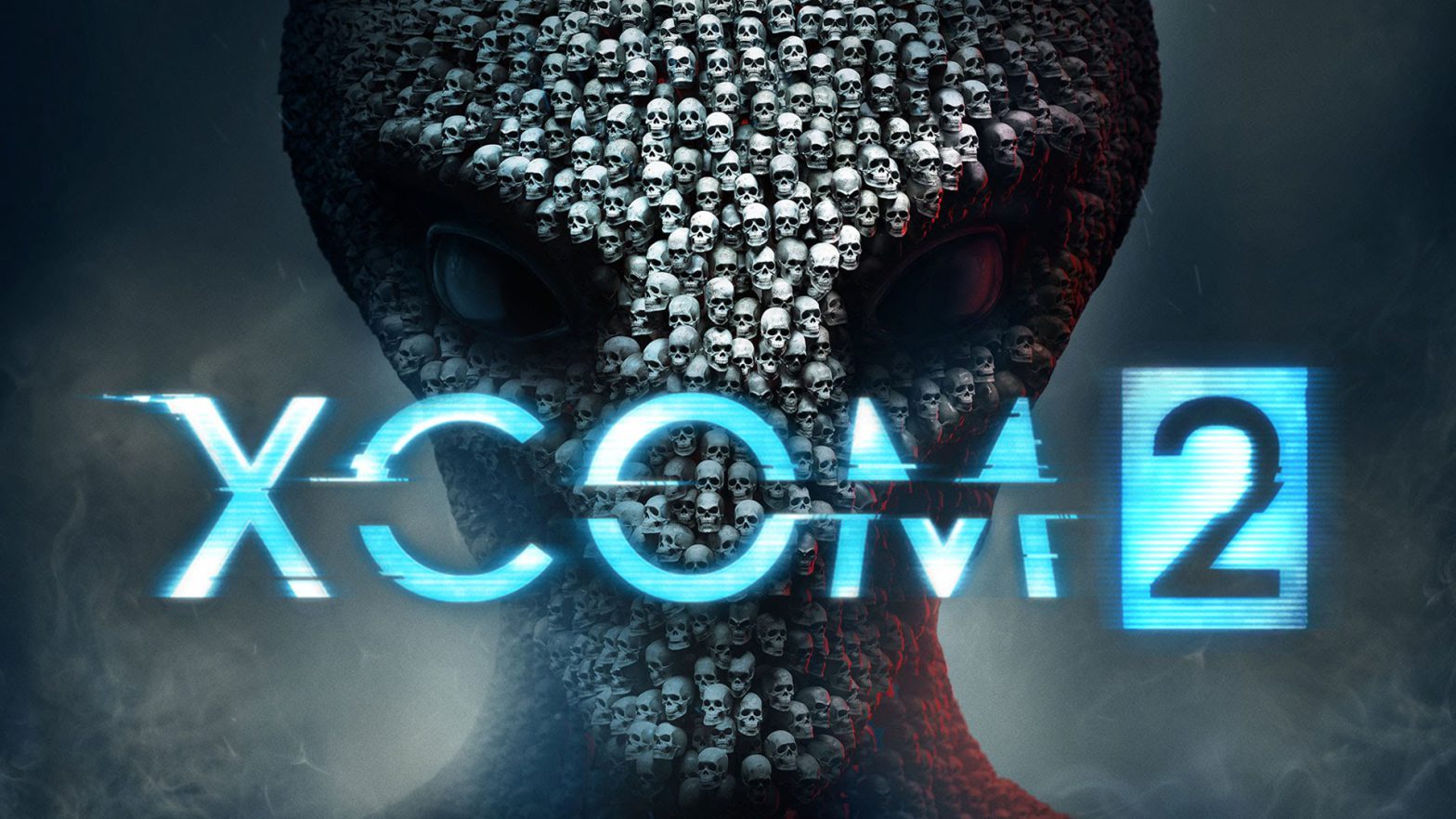XCOM 2 is a turn-based strategy game developed by Firaxis and published in 2016 by 2K Games. XCOM 2 just has to be one of my favourite games. XCOM 2 is the sequel to XCOM: Enemy Unknown, where you were the commander of the cooperation “Extraterrestrial Combat” (XCOM), tasked with stopping aliens from invading Earth by shooting down UFOs and sending soldiers to fight aliens at the crash site. XCOM 2 is similar in some ways but different in others. XCOM 2 has a nice balance between strategy (battlescape) and base building (geoscape).
XCOM 2 is set in 2035, well after the higher powers of the world signed a peace treaty with the aliens. XCOM’s base was destroyed by an alien raid, and most of the personnel and equipment were gone – including you, the commander of XCOM, who was captured by the alien forces. The commander was then microchipped and put in a stasis tube to be used as some sort of supercomputer working for the aliens. It seemed like all hope was lost, but Central Officer Bradford survived – trying to live in the shadows, not giving up on the resistance against the aliens. In the tutorial mission, Bradford rescues the Commander from their cryogenic chamber. He brings the Commander back to base, where they have their microchip surgically removed by Dr. Tygan, XCOM’s lead researcher. After this, the player takes full control of the commander of XCOM, and the game starts.
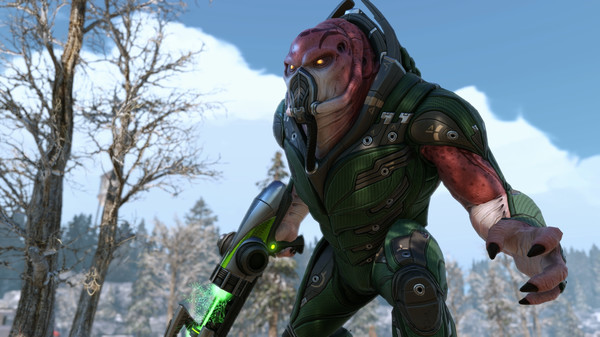
At the Avenger, a large flying ship that XCOM uses as their base, you can build facilities, research, manufacture or manage soldiers. You will unlock more research options as you gather more materials and information from aliens encountered on the battlefield. Researching these will benefit your base or your soldiers. Of course, research takes quite a while, but after acquiring more scientists to help Tygan, you can whizz through research projects in a matter of a few days.
After Dr Tygan gets his hands on some nasty alien technology, chief engineer Lily Shen (the daughter of Raymond Shen from the engineering team back in XCOM) can produce different things that help your soldiers in the field, such as utility items or armour/weapon upgrades. You can also build new facilities for the avenger if you make engineers that unlock and clean out the avenger to make room. These facilities can help both your soldiers and your base. However, lots of rooms also gain benefits from engineers being staffed in them, so it is tough to find a balance. Additionally, the avenger has a power limit, meaning that to build lots of facilities, you will have to build power rooms and staff those with engineers.
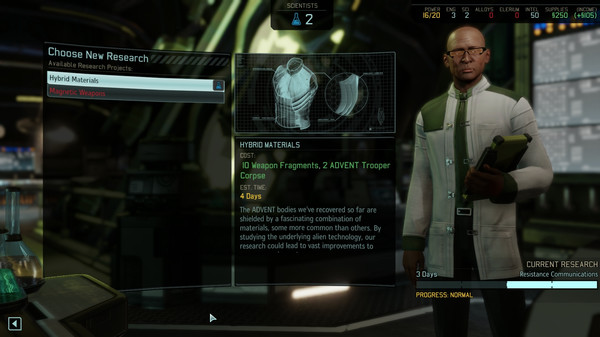
After making changes to your base that you are happy with, you are taken to “the bridge”, where you can view the geoscape. Here, you get to make the decision of “Where on earth do I want to go next?” Different rumours by the resistance are given at random points in the game and appear randomly on the globe. These rumours can be investigated and provide rewards when scanned for long enough, such as extra supplies or equipment. You can also contact other resistance regions to increase your income and unlock possible missions in those areas. One last thing you can do while you wait for missions is scan at headquarters to either speed up base construction speed, speed up soldier health regeneration, or gain extra intel.
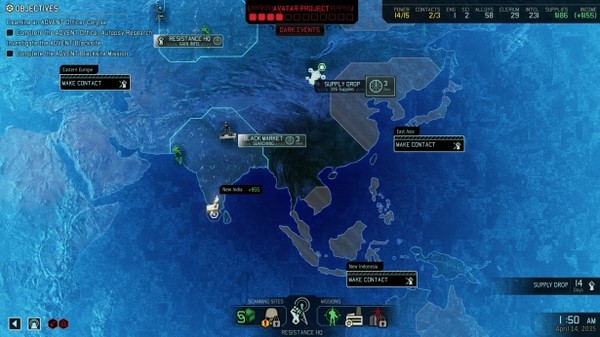
Eventually, though, you will be presented with a mission. This could be a “guerrilla op” to counter alien activity, a supply raid to get valuable rewards, a retaliation mission where you need to save civilians, a council mission where you need to extract or defeat a VIP or some other sort of mission related to the story. After heading to the mission location, you will be presented with the squad select screen – where you will have to pick what soldiers to take on the mission, as well as what weapons, armour, and items to equip them with. You can only take four soldiers on a mission (of which can be increased later in the game), so this step can be very important to whether you win or lose a mission, which brings us to my favorite part of the game, the battlescape.
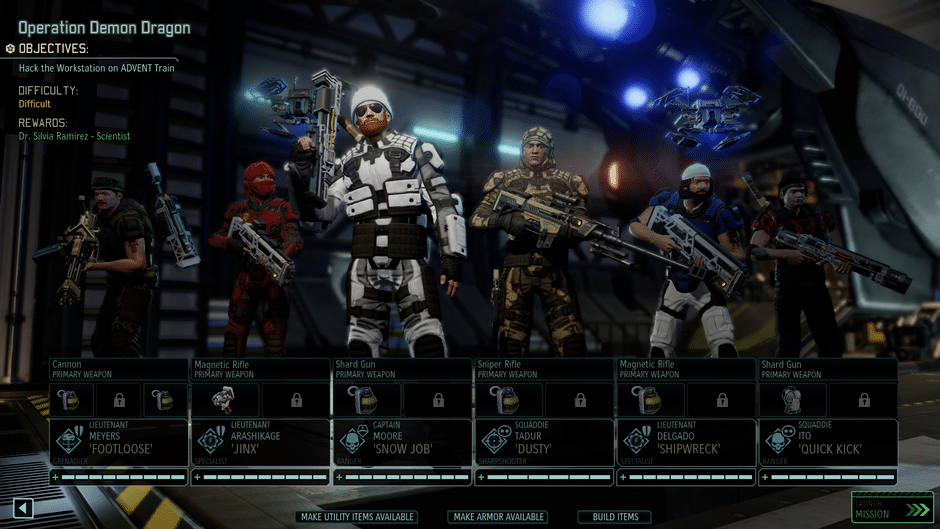
As the name suggests, this is the part of the game where you fight aliens and kick ass. After your soldiers have been dropped into the area, Bradford will recap what the mission objective is, and you will have full control over each soldier’s movements. The missions follow a turn-based combat system, with each team taking turns moving and commanding their units. In the base game of XCOM 2, there are only two teams – You (the resistance) and the aliens (controlled by the game).
Each soldier is given two actions each turn, which can be used by, well, doing stuff. You can spend your actions moving soldiers or using items/weapons/ abilities. After moving your soldiers towards the objective of the mission, you will encounter a group of aliens on patrol. Lucky for you, you start (most) missions concealed, giving you an opportunity to set up an ambush for the first aliens you encounter in each mission. You will also have an easier time shooting aliens while your squad is concealed. And trust me, it is crucial that you have the highest chance possible when taking shots at aliens.
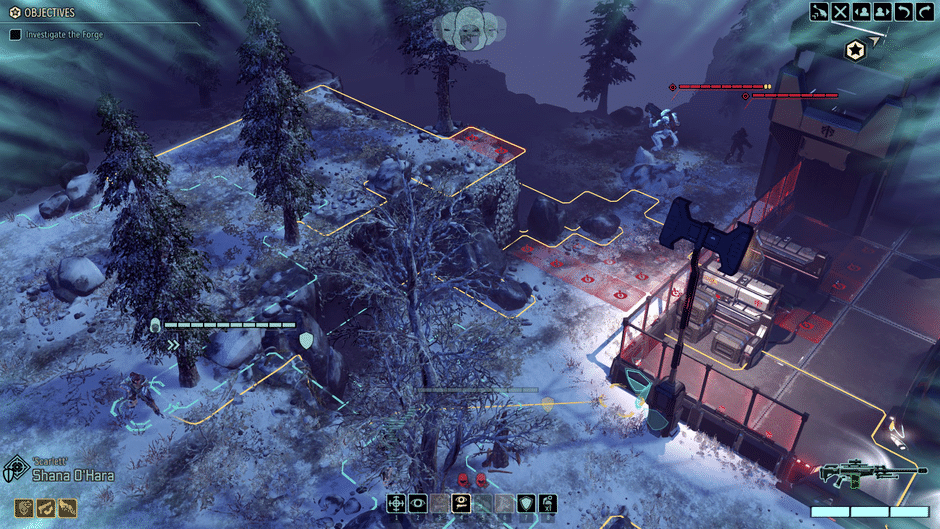
All characters in XCOM 2, friend or foe, have a random chance to hit shots with their weapons or miss. This chance varies with each character’s skill, weapon, placement on the map and many other modifiers. Positioning your soldiers behind sturdy cover where they are unable to be flanked by enemies is crucial. I absolutely love the different strategies that can be used in the game. Do I take the most direct route to the mission objective? Do I take the rooftops to gain the aim advantage? Do I go around the edges of the map to try and sneak around the aliens? How long could my soldiers stall the aliens so I can send one soldier off to complete the objective before the timer runs out? These are just some of the questions that XCOM players ask themselves whilst playing.
XCOM 2 is not designed to be easy. The aliens have weapons that can easily rip through that crappy Kevlar armour that you start off with. Your rookie soldiers will start off with 4hp (which is a little higher on easier difficulties). Until they get higher skilled and you unlock better armour for them, you are going to have to be very careful with your soldiers. It is likely (especially for the first few times that you play XCOM 2) that you will have some of your soldiers die. I don’t think that I have had a single campaign where not a single soldier died.
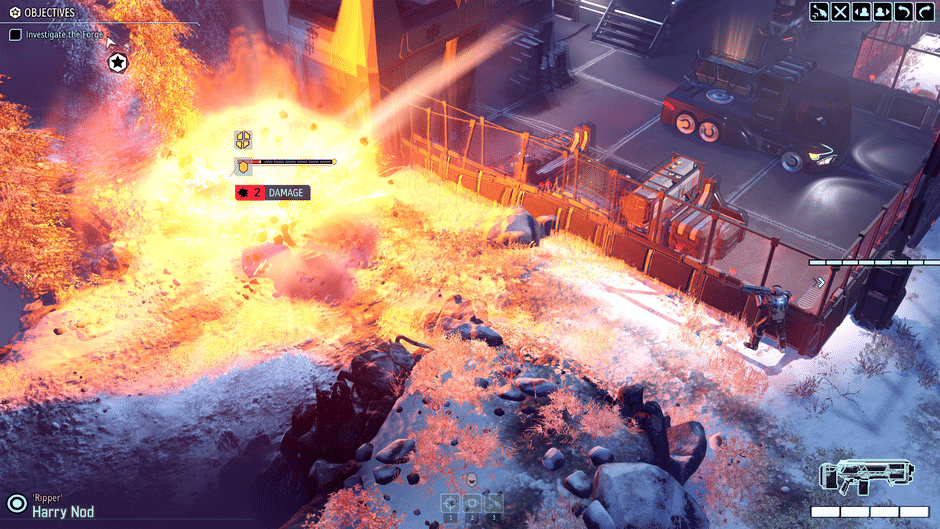
After you (hopefully) succeed at your mission, it’s very likely that your soldiers have unlocked promotions. There are four different classes that all give your soldiers different uses on the battlefield. The Ranger uses a shotgun and a sword and is focused on close combat as well as stealth. The Sharpshooter has a sniper rifle and pistol, making them great at picking off targets from far away. However, they can also be trained in a bunch of different pistol-based abilities. The Grenadier has a machine-gun-like cannon as well as a grenade launcher. They are great at destroying cover and objects enemies might be hiding behind, as well as providing general fire support. The Specialist is only equipped with a plain old assault rifle as their weapon, but they make up for that with their robot drone that can be trained to provide medical assistance or to assist in combat. The drones also allow you to hack certain targets on missions, such as security towers, mission objectives, or even robotic enemies.
Each one of these classes has its own unique promotion trees, further increasing the amount of strategies you can make. Experimenting with different combinations of different soldiers’ abilities that work together well is always interesting and exciting. Maybe in a future article, I will write about some of the best ability combos in this game.

And that’s about it; we are back at the geoscape again. Time to spend our spoils of war on better equipment! I could dive deeper into the game, but I will not for the sake of trying to spoil as little as possible about the game. Plus, I’ve already rambled on enough about this game. I’m obsessed! There is quite a story to XCOM 2, lasting anywhere from 20 to 50 hours to complete, depending on how fast you are speeding towards the end and how many side objectives you aim for. And I have over 300 hours in XCOM 2, so I’ve most likely done at least six full campaigns before. But what makes me come back to this game over and over again?
Well, there are a few factors. First of all, every campaign is different. Lots of the events in the game, whether it be what rumour reward you get, what decision the alien AI makes, or the odds you hit/miss – all these are up to chance. Sometimes you just have to play with the cards you have been dealt with. You can never really guarantee success in XCOM 2, for the game can always throw unexpected things your way and make you improvise. But at the very least, you can try to improve your odds to make things easier. This strategy of reducing randomness whilst the game still hurls random stuff at you is a controversial part of XCOM, but I find it fun.
I haven’t touched on this yet, but there are a lot of customisation options for your soldiers – you can make your people look as serious and dangerous as possible or give them ridiculously stupid-looking outfits. The choice is yours. And I especially like being able to create names and bios for your characters, giving each character a story behind them. And this makes each win or loss feel more important than it already does.

Like many other games, XCOM 2 has a pretty decent modding community with people adding many additions to the game – including new mechanics, enemies, maps, weapons, abilities and cosmetics. There are also multiple DLCs for XCOM 2, which add more of the same sorts of things, just (typically) more refined and polished whilst also being official and canon. So, while the main campaign and story won’t change too much, other parts of the game can be changed around and made to play and feel different, which is how you get uniqueness to make every new campaign still exciting.
This is a controversial point, but I find some of the bugs in the game very fun. Sure, sometimes there are bugs in the game that can screw you over, such as an issue I came across where walls that look like they aren’t destroyed but are nonexistent with no collision. But there are also really funny bugs, like my character running infinitely off in one direction before teleporting back to where they need to be or a body being sent to the moon from a grenade going off. Some people don’t like bugs like this that “make the game less serious” or “remove immersion”, but I enjoy the wacky unintended things that can randomly happen.
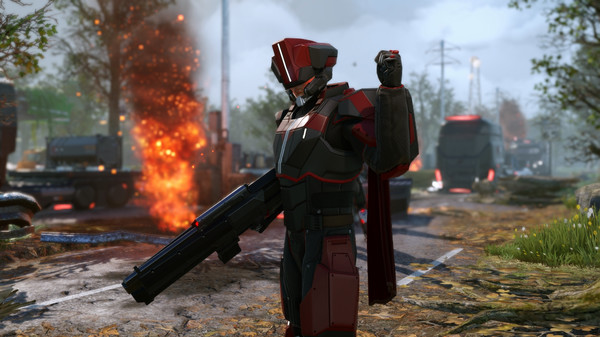
XCOM 2 is one of my favorite video games. I strongly recommend the game to anybody who likes turn-based strategy. The game, just like any other, has its downsides, but I find that the good outweighs the bad. The game costs $90. yet I recommend waiting for a sale before buying it, as you can usually save up to 80% or 90% of your money. If you are interested in playing it, you can purchase the game on PC, XBOX or PlayStation. There are also versions for iOS, Android and Nintendo Switch, but I have heard from many people that those versions are laggy and locked to a low framerate, so be aware of that. In fact, XCOM 2, in general, is just a bit of a laggy game that is a bit demanding – if you have a crappy device, it may be hard to run. Check the minimum/recommended specs before purchasing.
